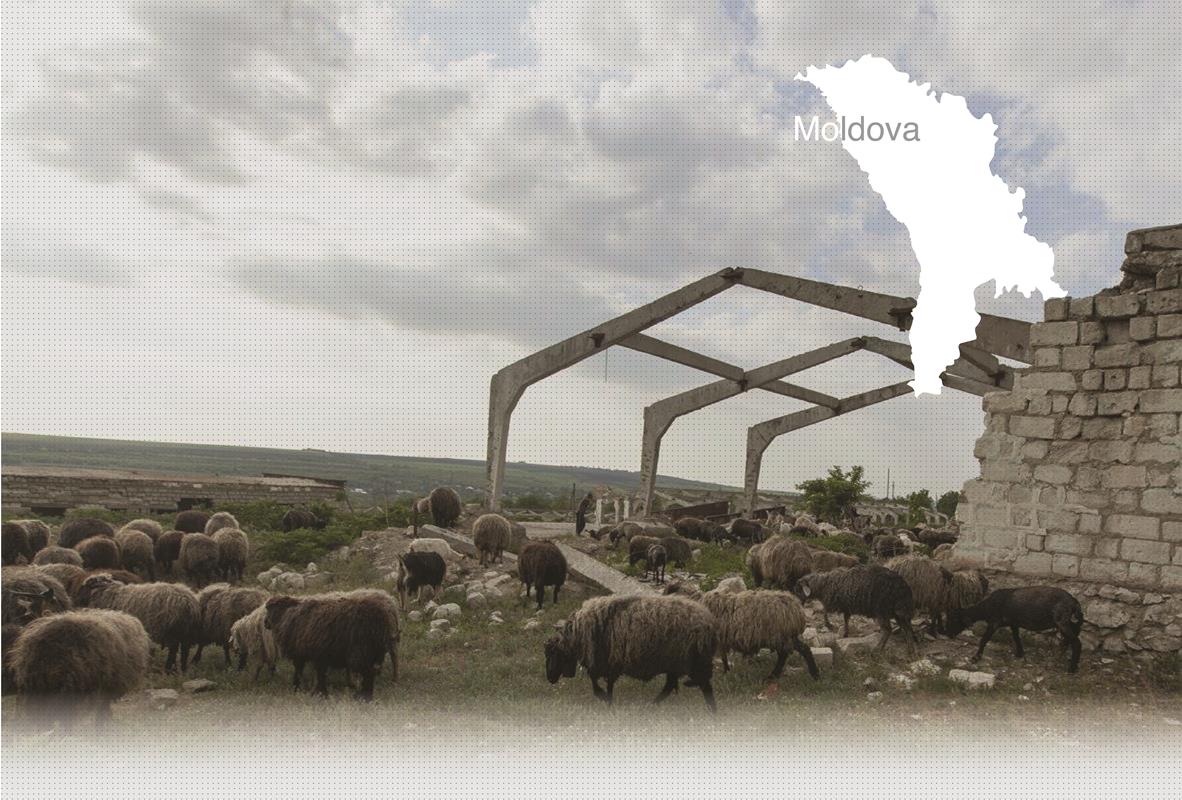

2 Sitio(s) de ejecución
Vladimir T., born in 1934: “When the war broke out, I was grazing my cows. The gendarmes arrived by car. They ordered all the villagers to evacuate. When my family was preparing for evacuation, Abby’s son Zeulig came to my father and asked him for shelter since his parents had already been arrested by the Romanians. My father refused to hide Zeulig for fear of being shot so Zeulig returned home. He was subsequently shot with the rest of Verejeni’s Jews in a field, on the outskirts of the village. I did not see the shooting because immediately afterwards, all the Moldovan families from the village were evacuated to Lipnic. We stayed there for two weeks. When I returned to Verejeni, I went to the shooting place. I saw pieces of arms, bones, pieces of brains. The bodies had certainly been scattered and eaten by dogs. All the Jewish families in the village were killed there and buried at that spot.” (Witness N°87, interviewed in Verejeni, on May 14, 2013)
Verejeni is a village in Ocnița district in northern Moldova. It is located about 20km from Ocnița. Before the outbreak of WWII, the village was inhabited mainly by Moldovans as well as several Jewish families. Jews from Verejeni were mainly merchants. They owned several shops in which they would sell different kind of products. One of the Jewish families from the village co-owned a mill with a Moldovan farmer. The peasants from all the villages nearby would go there to grind their wheat for flour. YIU’s witness Vladimir T., born in 1934, remembers some of his Jewish neighbors. He recalls Mikhail who had four children. Two of them were called Isaac and Shulim. He remembers also Berko who was a shop owner and Abby, a horse trader whose son was called Zeulig. A Jewish woman Frima was married to a Moldovan man from Verejeni.
Little is known from the historical sources about the fate of Verejeni’s Jewish community during the Holocaust. YIU’s team managed to reconstitute the killing process of the local Jews thanks to the witnesses they interviewed. The German soldiers and Romanian gendarmes arrived in the village in summer 1941. Right after their arrival, they began the massacre of Jewish families. All the Jews who were caught in the village were assembled behind a local barn. Those who tried to hide were killed on the spot where they were found. Maria B., born in 1918, remembers a Jewish woman, Gitla and her son, Mikhail, being shot in their house. They were the first local victims of the Holocaust. After this first killing, when all the Jews were assembled, they were merged with the column of Jews passing through Verejeni and taken to the valley on the outskirts of the village. Immediately after the gathering of Jews, all the Moldovan inhabitants of the village were evacuated to Lipnic. For this reason, YIU’s team was unable to interview any eyewitnesses of this execution. However, when the villagers came back to Verejeni two weeks later, they found the victim’s bodies torn by animals at the execution site.
During their research trip, YIU’s team managed to establish that a second shooting took place near Verejeni in 1941. It was a shooting of about thirty Jewish men, women, and children by Romanian gendarmes on the outskirts of the village.
Several men were ordered to dig a pit in a ravine, a few kilometers from Verejeni. Next, the rest of the Jews were put on the edge of that pit and shot by three shooters. The pit was covered by the same Jewish men who had dug it. After the shooting, those men were joined to a column of Jews that passed through the village a little later and they left altogether in the direction of the Dniester river. Maria B., born in 1918, the eyewitness of this execution confirmed that the victims were not originally from Verejeni. During this investigation, YIU managed to locate both mass graves of the Jewish victims killed near Verejeni in the summer of 1941. Neither location has a memorial.
¿Tiene información adicional con respecto a un pueblo que le gustaría compartir con Yahad?
Por favor contáctenos a contact@yahadinunum.org
o llamando a Yahad – In Unum at +33 (0) 1 53 20 13 17